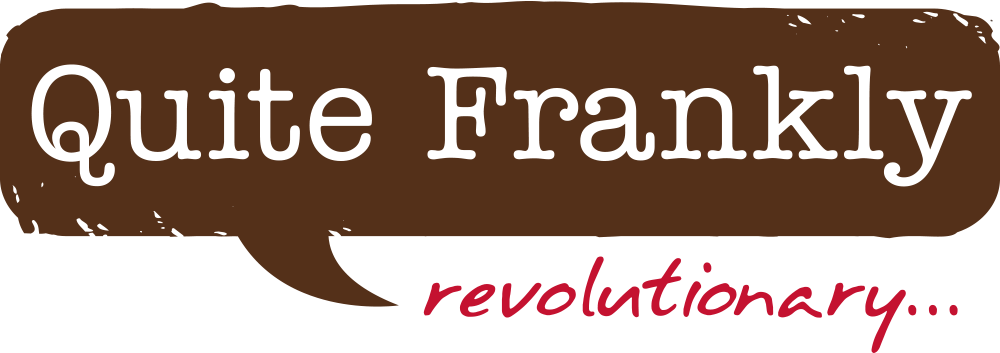With 13+ million results returned for Christchurch festivals in Google, there’s clearly a lot to do* here these days. Back in 2011/2012 however, it was a different story. Riding home across town from CPIT after 5pm was exciting because when the clangs and bangs of pneumatic drills and demolition workers fell silent around 4pm, the place was like a ghost town. Dance-o-Mat aside, there was no sound, no people, no signs of life at all. Anecdotally, people were ‘making their own fun’ at home; it was boom time in the ‘burbs for local pubs and bars, and teenagers everywhere were heaving justifiable sighs and rolling their eyes because there was literally nowhere downtown for them to go. No comic store. No Time Zone. No Science Alive. No movie theatre. Not even a bus station to hang around and complain about how boring it all was. It was dead.
Even during the day, those of us who were moving around the central city were small in number. Time and again when braving the mall I’d overhear people say “I haven’t been into town yet. I don’t want to see the destruction”, or “There’s nothing in town, so why bother going?”, and understandably for many the idea of going back to where everything literally crumbled in front of their eyes was too traumatising. Whatever their reasons, the huge majority stayed away for years.
And then along came Festa.
After what seemed like decades of urban drought, Te Pūtahi’s Festival of Transitional Architecture in 2012 felt like a massive turning point in our city’s recovery.
After what seemed like decades of urban drought, Te Pūtahi’s Festival of Transitional Architecture in 2012 felt like a massive turning point in our city’s recovery.
I’m unsure when the buzz about Festa began to grow, but on the night of 20 October, Festa’s LUXCITY blew me away. Not only were the installations way beyond what I had imagined, but having spent 18 months traversing an empty landscape also by the bizarre landscape thousands of us were wandering through.
The city was PACKED. I remember feeling really sorry for the people who had decided to put on their heels for the occasion, (there must have been at least 1000 turned ankles that night). Or those who brought the whole whānau, from babies in pushchairs through to Grandma with her walker. The city roads and sidewalks were still wrecked. There was rubble everywhere and the walkways were very narrow in parts; strangers were ambling through corridors, squashed together like metal heads in a mosh pit, but nobody seemed to mind. The vibe was amiable and the feeling of being there, at least for me, was electric.
Before that event I’m unsure if I had even heard of Te Pūtahi. I was familiar with Freerange Press, Rekindle and Gap Filler – three organisations each making a massive difference to our broken city in their own unique ways, and from what I understand, pretty much a combination of the same core group of people – but, despite now being the organisation that I know best, Te Pūtahi was new to me then.
